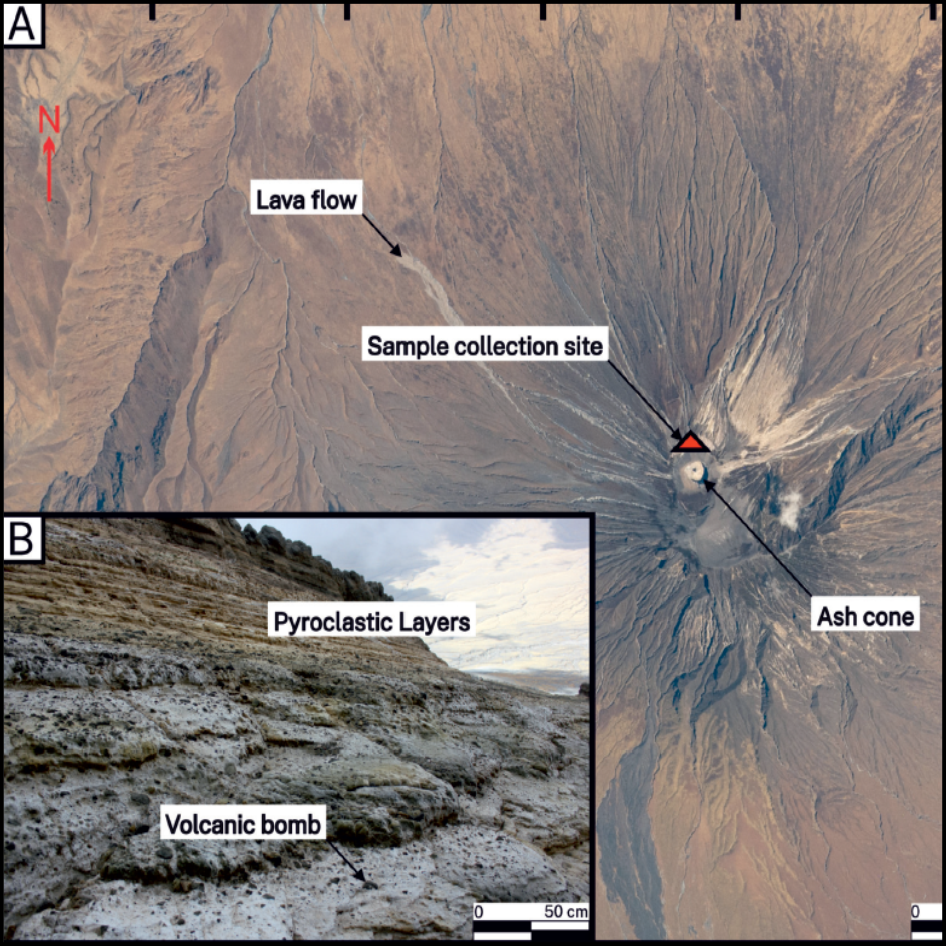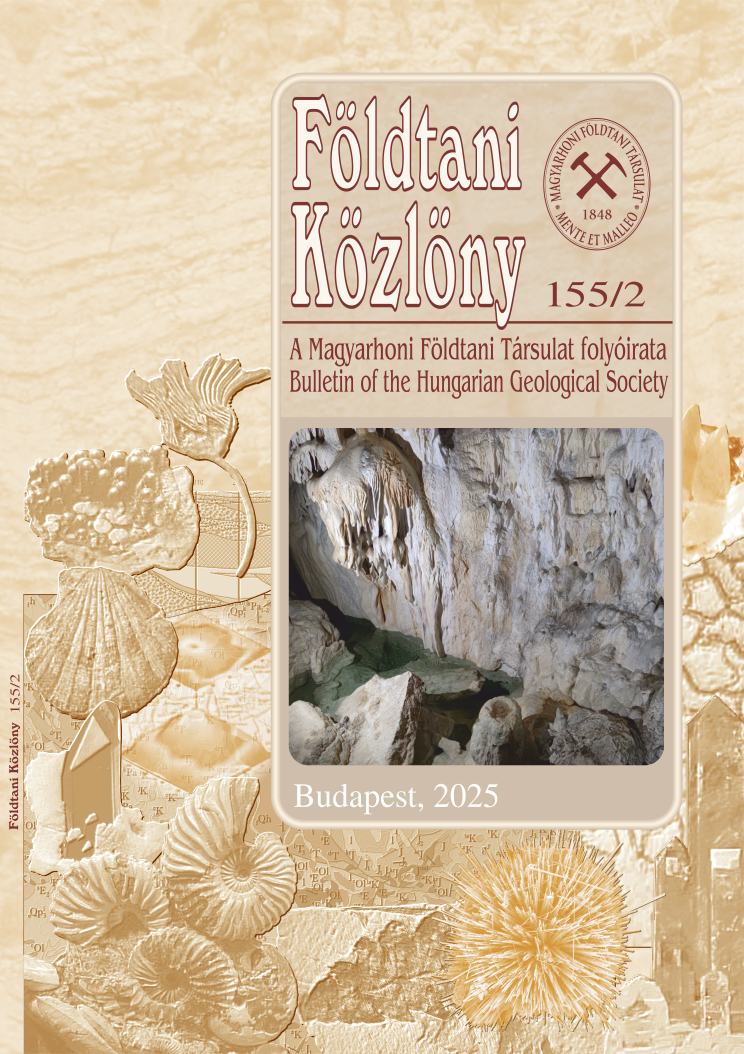Formation of peralkaline rhyolite in the East African Rift System: the role of assimilation – a tribute to the career of Csaba Szabó
Abstract
The origin of peralkaline rhyolites in rift settings is usually explained by prolonged crystal fractionation of basalts. However, the temporal and spatial association of peralkaline rhyolites to alkaline silica-undersaturated rocks has not been sufficiently explored. Here, we present peralkaline rhyolite glass compositions formed at a currently active carbonatite volcano (Oldoinyo Lengai), East African Rift System. The studied samples preserve mineral assemblage incompatible with Oldoinyo Lengai magmatism (presence of metamorphic quartz and oligoclase as relict crystals), while an igneous groundmass (peralkaline rhyolite glass, alkali-rich clinopyroxene and anorthoclase) presents evidence for the assimilation of a silica-rich rock by an alkali-rich silica-undersaturated melt. Trace element data reject the possibility that peralkaline rhyolites were formed by fractional crystallization of basalts, as the expected negative Eu anomaly from plagioclase fractionation is absent. The initial melt composition could be estimated as phonolitic (58 wt% SiO2, 2.6 peralkalinity index). We argue that the formation of peralkaline rhyolites at Oldoinyo Lengai occurred through assimilation of silica-rich crustal rocks by a silica-undersaturated magma. In addition, we compare peralkaline rhyolites from Oldoinyo Lengai to other peralkaline rocks from the East African Rift System. We propose that the above assimilation model may form in any continental rift where a silica-undersaturated alkaline magmatism interacts with silica-rich country rocks.
















